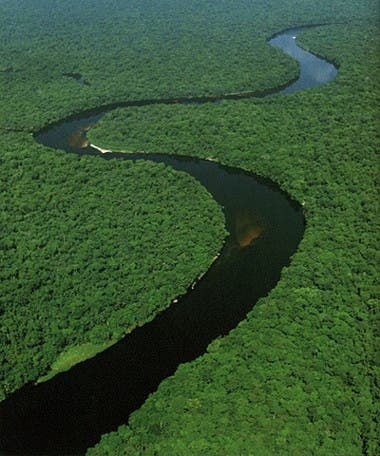
While there are still a lot of climate change skeptics out there that argue that the human influence exerted upon Earth’s climate is minimal, if not non-existent, a myriad of research studies tackling the subject would say otherwise. Fossil fuels usage yields the most greenhouse gas into the atmosphere, out of all other human-induced pollutant activities. As the industrial age boomed in the XIX so did the poisoning of the environment, spurred by a reckless and inconsiderate attitude towards the surroundings. We could argue that they didn’t know one bit what they were doing at the time or what would be the consequences of their actions, but even so in the last 50 years – a time when climate change and global warming awareness is rampant – we’ve witnessed the highest greenhouse gas emission levels in recorded history.
Where did we go wrong? Will we ever be able to ecologically repent and make up for our wrongs? Progress is being made in this direction, but just at a philosophical level, by the world’s governments, which are now fully aware of the impact of human intervention upon the climate, and thus upon their nations’ prosperity. In 2010, CO2 levels reach a record height, up 45% than in 1990. It’s expected that 2011 will slightly overthrow the previous year, after scientists have enough data to make a pertinent study.
So where did this all begin? A new paper recently published in the journal Science, describes the researchers study of sediment cores from the mouth of the Congo River, the deepest river in the world, suggests that man might have played a major role in altering the Central African environment. Analysis showed that around 3,500 years ago the river suddenly began to dump a lot more muck, despite no change in rainfall. This is a typical effect caused by farming. The researchers hypothesize that this must have coincided with the arrival of the Bantu people in the region, who also introduced farming.
The Bantu grew oil palm, pearl millet and yams. These crops require plenty of sunlight to flourish, and naturally deforestation followed, which is today the second greenhouse gas inducing factor. Also, trees were cut down for fire, which allowed for the manufacturing of tools and weapons.
The Congo river flows through one of the world’s biggest and lush rainforests in the world, however, it’s intriguing how it also suddenly transits through the savannas as well. Scientists believe that a climate shift from warm and humid to seasonally cooler and drier lead to the creation of savannas, however sediment samples that hold critical geological record from the past 40,000 years state otherwise – see the muck deposits.
The intro to this study synthesis was a bit long, however I feel it was required to give context to this importing finding, in my opinion. Tracing back our steps from the very beginning, like in the case of a individual, helps us learn a great deal about ourselves, and what pushes us to do all sort of things. Education is the key to our survival and evolution.
[source]


